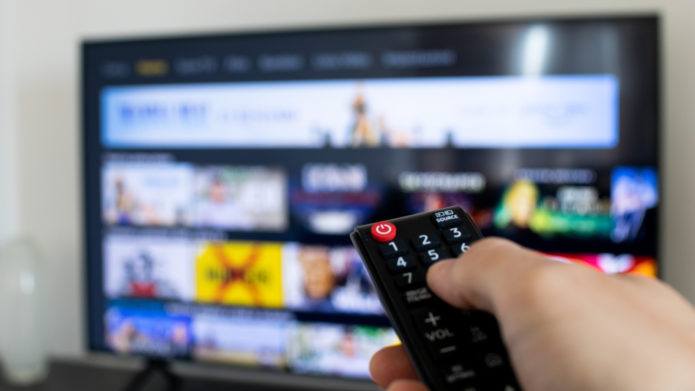Modern-day smart televisions may be leagues ahead of the boxy rabbit-eared contraptions of yesteryear, but even the best smart TVs out there still require electricity to operate. But with all of their state-of-the-art functions, just how much energy do our smart TVs consume on average? Thankfully, it’s not as much as you might think, although a number of factors can ultimately determine how much your smart TV contributes to your electric bill.
****
The wattage use of your TV depends on the specific kind you own. Older cathode-ray tube televisions typically eat up between 60 and 150 watts per hour. Smart TVs typically need to exert more power due to being connected to the internet and possessing more advanced streaming and gaming functions.
Consuming the most on average are plasma-screen TVs which can use upward of 300 watts of energy an hour. Manufacturers have implemented more conservative energy practices into LCD, LED, and OLED TVs and no longer produce plasma televisions. While these can also vary in energy usage, they typically don’t go above 100 watts per hour, with some even using as little as 30 watts an hour.
Even at their worst, however, smart TVs still consume far less energy than many other common household appliances. For example, your average coffee maker can consume over 500 watts of energy while air conditioners on fan-only mode can eat up 750 watts. With that said, it’s worth knowing the other factors that can affect your smart TV’s energy usage and ways you can cut down on it.
****


